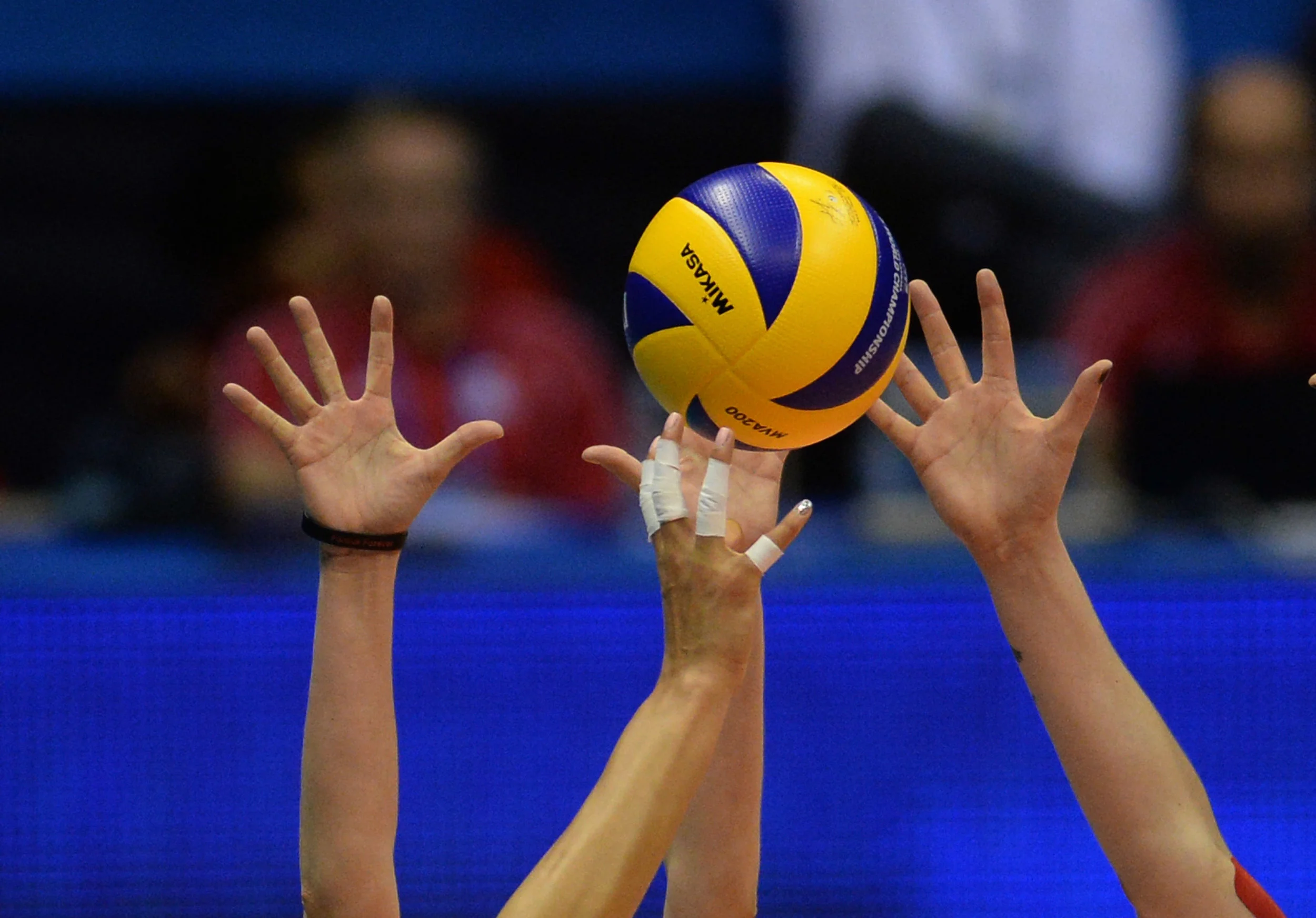The Solution to Head Trauma in Sport: Pick the Right Sport
It's a classic Seinfeld bit that, as all comedy, is hilarious because it rings true. The helmet is a sign that there is the potential of fatal injury in a given activity. When it comes to astronauts, the necessity is obvious. When it comes to recreational sports, the concept becomes comedic.
There has never been a time in history where traumatic head injury in sport has been more prevalent. We know more and more every day. From the repeated examples of NHL hockey enforcers dying young, to champions in combat sports relinquishing their belts, to more and more NFL players stepping away from the game in their prime. We hardly even understand the full extent of the damage these athletes have sustained from their careers. It's a problem without an obvious solution. In fact, the Sports Concussion Institute's motto is "Concussions are a fact of life in today's sports world."
MMA fighter TJ Grant is one of many who have suffered a concussion. Photo: Stephen R. Sylvanie-USA TODAY Sports
For combat sports like boxing and MMA, the damage is obvious and inherent to the activity. These athletes commit to sacrificing their body and mental future. A recent winner of the UFC's flagship reality show is currently sidelined indefinitely due to concussions. He seems an intelligent individual, recognizes the damage inherent even in his training regiment, but still intends on returning to combat as soon as he is deemed healthy enough. If a life of being punched in the head suits you, there is no helmet required. Fair enough. And not only are sports like boxing deeply entrenched in cultures across the world, but MMA is an infant sport that exploded into popularity within the last two decades. People want to see it.
For the NFL and the NHL, the issue is more complex. Both leagues have made incredible strides in creating concussion protocols, but the research in head trauma is so young that every current player is essentially agreeing to be a test subject for the future. Can penalizing contact directed to the head be enough to create a safe playing environment? Has the rhetoric around head injury been enough to scare the youngest generations away from participating?
Maybe the answer is to veer away from these sports. I speak as a diehard fan of MMA, dedicated participant of keeper fantasy football, and a product of the Canadian house league hockey system. It's an incredibly conflicting sentiment. But as our previous article discussed in detail, these aren't even the most popular sports in the world. Those are soccer, cricket, field hockey, tennis, and volleyball (or basketball depending on who you ask). But you can even point to research that headers in soccer cause neurological damage long-term. Is any sport safe to play?
“Volleyball is a sport designed for a healthy future and active lifestyle”
When it comes to playing soccer at the youth level, the frequency of headers falls drastically compared to the pros. The risk is really not as prevalent as one or two studies may attempt to claim. But football? I attended a SMALL high school with a strong football program. In just my own year, I know people who have had their knees entire reconstructed, shoulders reconstructed, concussion problems that haven't left a decade after the game, shattered fingers, persistent rib problems. And those are my friends that didn't even play collegiate level football after high school. When I think of how physically gifted, driven, and useful those athletes could've been at other sports (and many of them DID and DO participate in other sports), it baffles me. But for parents, they have the opportunity to direct their children's play; to define their future in sport.
Tennis is safe. Field hockey is safe, though for some reason men are commonly left out of it in North America (it is an Olympic event for both genders). Basketball is safe. Volleyball is safe. Right?
Cal Libero Robin Rostratter wearing a helmet during the 2010 NCAA Women's Volleyball Season. Photo: Ron Hall
Well. It sure is MOSTLY safe. There have been multiple examples of volleyball athletes wearing concussion helmets to prevent further injury. All of the cases I came across involved a player hitting their head on the floor diving for a ball. As the Sports Concussion Institute says, it's a risk in sport in general. But outside of extreme circumstances, volleyball is a sport designed for a healthy future and active lifestyle. The beach circuit has been dominated by veterans of the game for years. When you add the growing fanbase worldwide, volleyball seems the obvious choice for the sport of future generations.
Contact football isn't even really an option for the average person outside of high school. The boxing gym offers plenty of options outside of sparring, and jiu jitsu continues to grow as a sport in North America. Corporate softball will never stop being a joy for casual sporting, but baseball seems to be in the twilight of its fandom.
The sports of the future are volleyball, basketball, soccer and tennis. Teaching fundamentals to youth, recreational leagues, public availability, inexpensive base requirements, and a successful product at the professional level are key to sustainable sporting. All of those elements are there for basketball, soccer, and tennis. How does volleyball catch up with its peers at the professional level?



